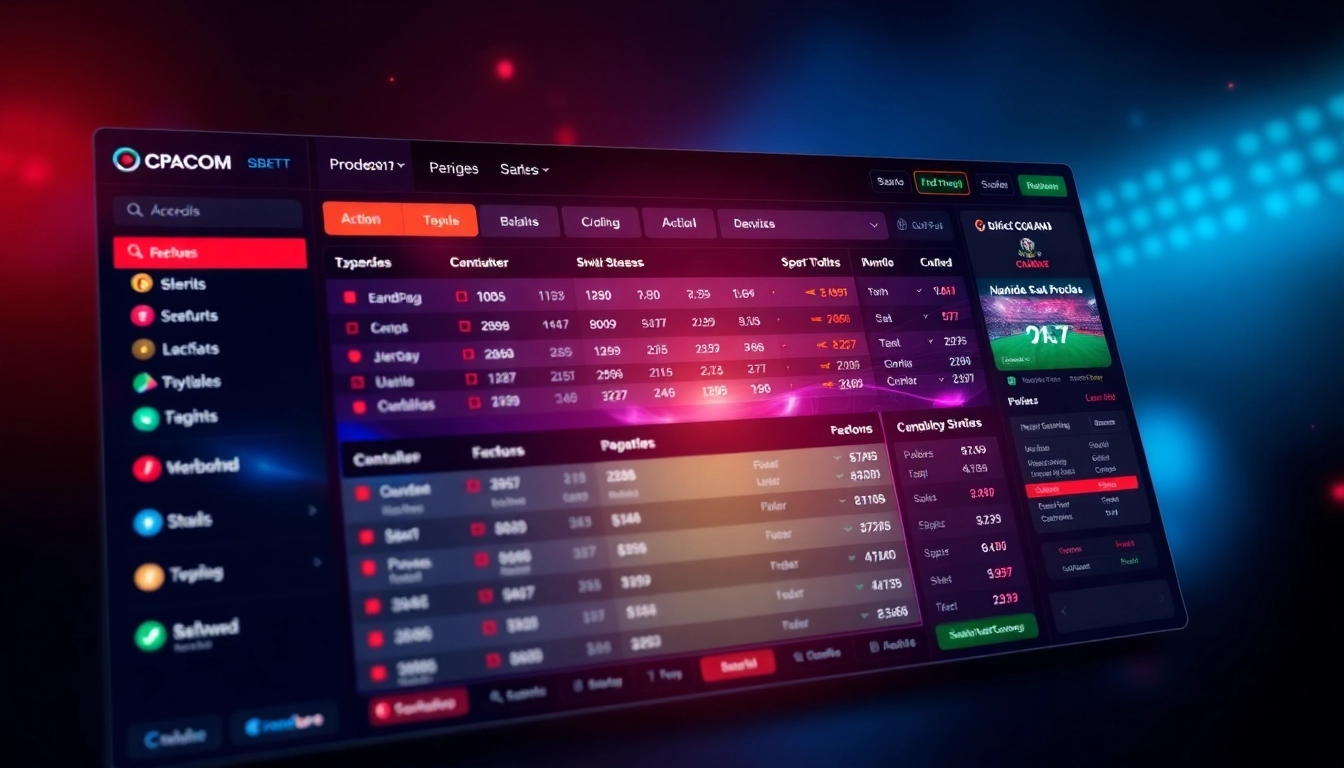Understanding the Basics of Crypto Wallets
In the rapidly evolving world of cryptocurrency, a crypto wallet serves as the fundamental tool for managing digital assets. It functions like a traditional wallet but operates in a digital realm, enabling users to store, send, and receive cryptocurrencies securely. Unlike physical wallets, which contain physical cash, crypto wallets store private keys—critical cryptographic information that grants access to your digital funds. These wallets are essential for anyone engaging in crypto trading, investment, or participation in decentralized finance (DeFi) and Web3 ecosystems.
To grasp the significance of crypto wallets, it’s important to understand how they work. At their core, they generate and hold the private keys necessary for transaction signatures on the blockchain. When you authorize a transaction, your wallet uses these keys to validate ownership and facilitate secure transfers. The security, usability, and compatibility of a wallet directly impact your asset safety and ease of interaction within the blockchain universe.
Different Types of Crypto Wallets: Hot vs Cold Storage
Hot Wallets
Hot wallets are connected to the internet, making them convenient for active traders and frequent transactions. Examples include web wallets like MetaMask and Trust Wallet, as well as mobile apps. Their connectivity ensures swift access but also introduces vulnerabilities—being online makes them more susceptible to hacking, phishing, and malware attacks.
Cold Wallets
Conversely, cold wallets are offline solutions designed for maximum security, ideal for holding large amounts of crypto assets over extended periods. Hardware wallets such as Ledger Nano S/X and Trezor fall into this category, keeping private keys isolated from internet threats. Cold storage minimizes exposure but can be less convenient for day-to-day transactions, requiring users to connect devices physically when needed.
Choosing between hot and cold wallets depends on your trading frequency, security needs, and asset volume. Many experienced investors use a hybrid approach—keeping most assets in cold storage and only transferring a small amount to hot wallets for liquidity.
Essential Features to Look for in a Reliable Crypto Wallet
When selecting a crypto wallet, security should be your foremost concern. A reliable wallet offers robust encryption, secure private key storage, and features like two-factor authentication (2FA) or biometric access. Compatibility with multiple blockchains and tokens enables flexibility, while user-friendly interfaces ensure accessibility for beginners and experts alike.
Additional features such as integrated exchange options, multi-signature capabilities, and recovery options (like seed phrases) enhance functionality and safeguard your assets. Transparency about security protocols and timely updates from developers further attest to a wallet’s trustworthiness.
Choosing the Right Crypto Wallet for Your Needs
Factors Influencing Wallet Selection: Security, Usability, Compatibility
The optimal crypto wallet strikes a balance among security, ease of use, and compatibility. Security features—such as hardware integration, encryption standards, and multi-factor authentication—are paramount. Usability involves intuitive interfaces, straightforward setup processes, and seamless transaction workflows. Compatibility ensures support for your preferred blockchains and tokens, whether you’re dealing with Bitcoin, Ethereum, or emerging tokens.
Top Wallet Options for Beginners and Experts
For newcomers, wallets like Zengo and Coinbase Wallet offer simplified interfaces with strong security fundamentals. Expert traders often prefer hardware wallets like Ledger or Trezor, paired with advanced software interfaces. MetaMask remains popular for Web3 interactions due to its deep integration with decentralized applications.
How to Set Up and Secure Your Crypto Wallet
Setting up a crypto wallet involves downloading the app or hardware device, creating a secure password, and generating a recovery seed or phrase. It’s critical to store recovery information offline in a safe location—avoid digital copies susceptible to hacking. Enable all available security features, such as 2FA and biometric access, and consider multi-signature configurations for added protection.
Best Practices for Managing Crypto Wallets
Safeguarding Private Keys and Recovery Phrases
Private keys and seed phrases are the master keys to your assets. Never share them or store them insecurely online. Use physical, offline storage options like encrypted USB drives or securely written notes stored in a safe. Consider using hardware wallets for increased security, as they keep sensitive information isolated from internet-connected devices.
Preventing Common Security Threats and Hacks
Regularly update your wallet software and firmware to patch vulnerabilities. Be vigilant against phishing campaigns—always verify URLs and avoid clicking on suspicious links. Use strong, unique passwords and activate 2FA wherever possible. Beware of scams targeting recovery seed phrases; no legitimate entity will ask for them via email or chat.
Maintaining Privacy and Compliance with Regulations
Privacy best practices include minimizing public disclosure of wallet addresses and transaction details. Use new addresses for each transaction when possible. Stay informed about local laws and regulations affecting crypto holdings to ensure compliance and prevent potential legal issues.
Integrating Crypto Wallets Into Your Investment Strategy
Holding and Transacting: Best Practices for Asset Management
Diversify holdings across multiple wallets and asset classes to mitigate risk. Maintain a clear overview of your portfolio, using tools or dashboards compatible with your wallets. For active trading, use hot wallets with tight security controls, and transfer surplus assets to cold storage for safekeeping.
Utilizing Wallets for DeFi and Web3 Engagements
Wallets like MetaMask facilitate seamless access to DeFi protocols, NFT platforms, and decentralized apps. When participating in DeFi, always verify the legitimacy of protocols and avoid granting permissions to untrusted sites. Use hardware wallets in conjunction with Web3 wallets to safeguard assets during complex transactions.
Monitoring and Optimizing Wallet Performance Over Time
Regular audits, transaction history reviews, and security updates help maintain wallet integrity. Some platforms offer performance metrics, alert systems, and integration with analytics tools, enabling smarter asset management tailored to market conditions.
Future Trends and Innovations in Crypto Wallet Technology
Emerging Hardware and Software Wallet Features
Innovations include biometric authentication, multi-chain support, and integrated DeFi tools. Next-gen hardware wallets are becoming more portable, with enhanced screen displays and connectivity options, such as wireless links, for improved usability.
Decentralized Wallets and Enhanced Privacy Protocols
Decentralized wallets that operate without centralized servers are gaining traction, offering greater privacy and control. Protocols like BTC and Ethereum implement advanced privacy features such as zk-SNARKs and confidential transactions, setting a new standard for user anonymity.
The Role of AI and Blockchain in Next-Gen Wallet Security
Artificial intelligence is being integrated to detect and prevent fraud, predict security vulnerabilities, and automate routine security checks. Blockchain-based identity protocols offer improved verification methods, making wallets more resilient against sophisticated cyber threats.














